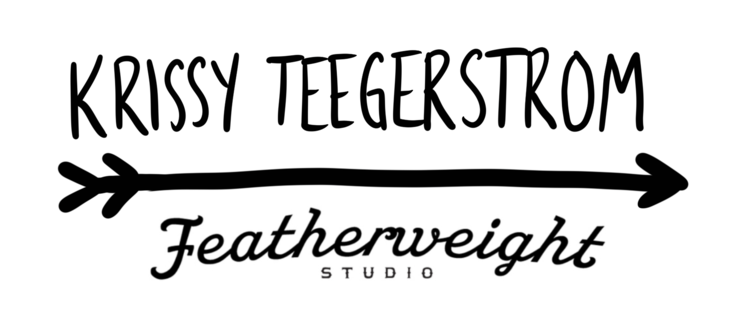As I've mentioned before, I'm a bit obsessed about making stuff from whatever grows in our backyard. Our neighbors have a giant cactus that is a foot or two taller than me and the top of it grows over into our yard. My neighbors Dolores and Lorenzo are very sweet and sharing, and they also never go into their backyard, so I figured I could take some prickly pear fruit without them minding too much.
A few months ago, I harvested a few batches of fruit. Did you know that prickly pear fruit is also referred to as tuna? It makes me laugh every time, as a vegetarian, to think I'm eating tuna.
I don't have a photo of our neighbors' tunas, but they looked like the yellow orange one in this photo.
First of all, it's pretty dangerous to harvest these fruits. They have tiny hairlike spikes that hurt like &#^@ when they bore into your skin. Gardening gloves were no match for the insidious spines. My sweetheart got some heavy duty thick vinyl gloves from the hardware store so we could safely handle them.
I wanted to try making Prickly Pear Syrup to put in to my famous margaritas. I experimented with different ratios of sugar and water, but I didn't like the taste of the pear with too much sugar. I wanted to keep some tartness, and since I could add sugar later on when making the cocktails, I eventually bypassed sugar altogether.
My recipe for Tart Prickly Pear Syrup:
- I use 4-6 fruits per batch of syrup.
- Once the spines are rubbed off, I rinse the fruit, slice them in half (while still wearing the gloves) and scoop the pulp and seeds out with a spoon directly into a pot on the stove.
- I turn the heat to medium-low, just enough to heat them so they start breaking down. They don't need to bubble and simmer.
- The key to bringing out the tartness and flavor is to squeeze in a half to a whole lemon or lime into the pot. Either one worked well.
- Keep an eye on the pot so the contents don't burn. You may need to add in some water, maybe 1/2 cup or a cup. I like a thicker syrup so I only add water as needed so nothing burns.
- Periodically mash the pulp with a wooden spoon, to help it break down and liquefy.
- When the pulp is mostly broken down, taste the mixture and see if it needs some sugar or citrus juice. Trust your tastebuds, you can't do this wrong.
- Take the mixture off the heat and let it cool. Once it's cooled, pour it through a fine mesh strainer into a jar, and discard the seeds and pulp.
The jar of syrup kept in the fridge for a month or two. I left one jar longer than that, and it started to mold. Just keep an eye on it!
To use the prickly pear syrup, add about a tablespoon into your cocktail recipes, or add it to sparkling water, lemonade, whatever seems right to you.
Now that it's spring, I've noticed that the cactus is going crazy with new growth.
Are these new paddles, or new tunas? Anybody know? I can't wait to find out!







